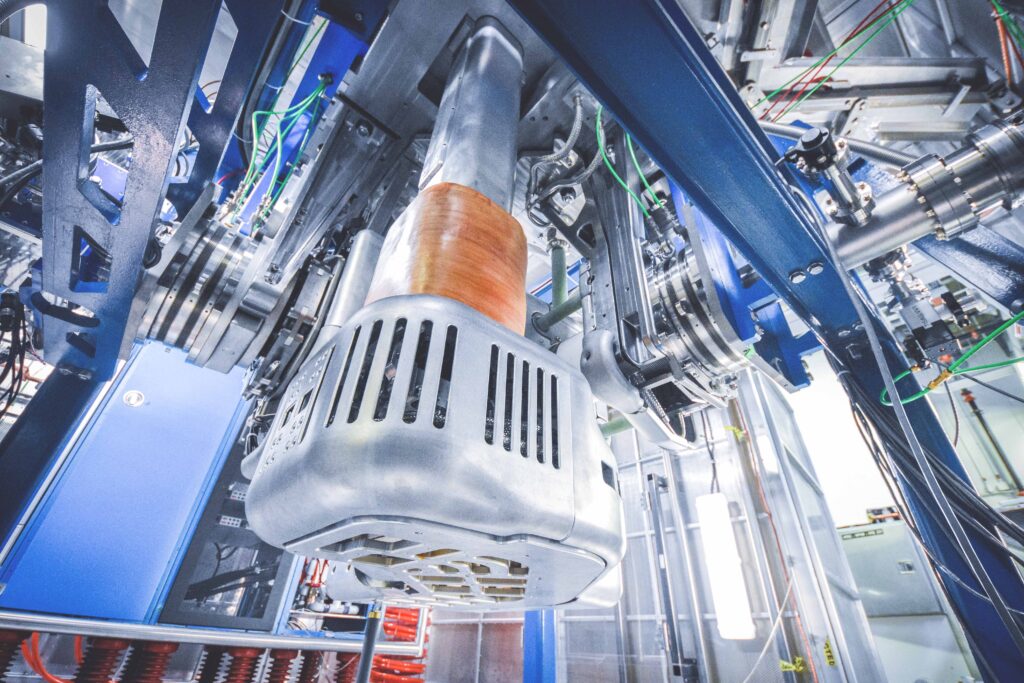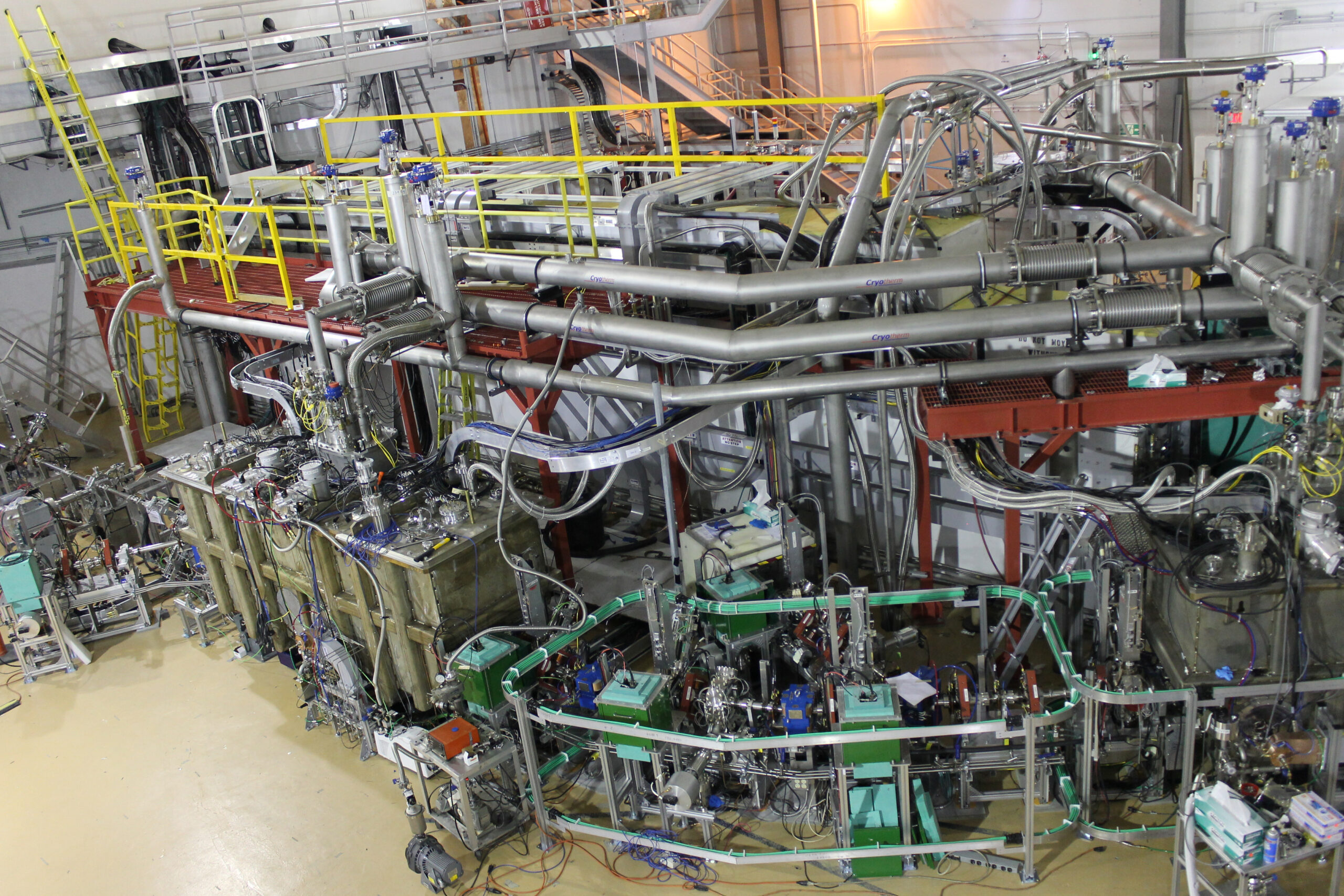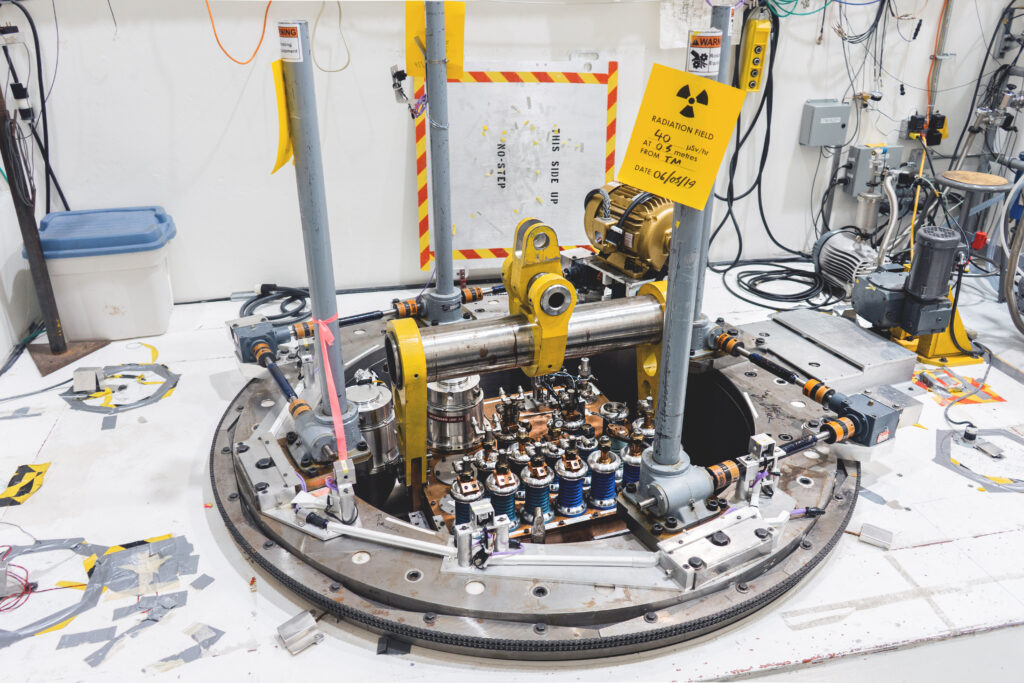
Accelerators
Particle accelerators are essential instruments for subatomic physics, material science, life sciences, chemistry, and a broad field of applied engineering applications.
Accelerator science, as a discipline of applied physics, focuses on the research and development of these powerful tools for discovery, which number approximately 30,000 particle accelerators in operation around the world serving medicine, industry, energy, the environment, national security, and discovery science.
Having delivered nearly five decades of discovery and innovation for Canada and the world, TRIUMF has developed a vibrant reputation as one of the world’s premiere laboratories for particle accelerator physics and technology, with a wide network of international connections and collaborations.
TRIUMF’s Accelerator Division operates and develops the accelerator infrastructure and drives science and technology at TRIUMF and in Canada and ensures the highest availability of the TRIUMF accelerator complex for maximum research productivity.
We also provide our accelerator expertise to researchers across Canada and to key global ‘Big Science’ projects around the world. We contribute to major international high-energy physics collaborations and provide a pathway for Canadian scientists to participate in international experiments such as ATLAS and High-Luminosity Large Hadron Collider (LHC) upgrade at CERN, EIC at Brookhaven National Laboratory (EIC), and others. Further, our commitment to education and training for the next generation of STEM leaders attracts undergraduate and graduate students internationally.
Accelerator Science: Research and Development
Research in Accelerator Science allows physicists and engineers to continuously improve the operation of particle accelerators and the purity and intensity of subatomic particle beams, including protons, muons, and rare isotopes. This work focuses on the development of leading-edge technologies such as beam diagnostics, normal-conducting and superconducting resonant accelerating structures, and electromagnetic ion optical devices.
Particle accelerators have increasingly been finding their way out of research labs and into industry for decades, with novel applications in areas such as water purification, semiconductor manufacturing and medical treatments. Through research and development, we are committed to advancing the benefits and applications of particle accelerators to maximize their benefit to society.
Research feature

ARIEL Front end
A case-study in international collaboration
facilities
research Areas
TRIUMF has unique expertise in three areas of Accelerator Science: Superconducting Radiofrequency (SRF), beam dynamics, and secondary particle production including remote handling. Based on these fields of expertise, we use internal projects and external collaborations as springboards to consolidate and expand our core competencies or acquire new ones.
The accelerator science research program comprises:
Targets and Ion Sources
TRIUMF’s Target and Ion Source Operation Department specializes in target manufacturing, operation, maintenance, handling and research and development of new and improved targets to produce more exotic, more intense, and purer rare isotope beams.
Learn more about Targets and Ion Sources.
Beam Physics and Delivery
TRIUMF’s Beam Physics and Delivery team focuses on satisfying our users demand for beams: by researching and implementing ways to advance our accelerator infrastructure we support the laboratory’s constantly evolving science program.
Learn more about Beam Physics and Delivery.
Superconducting RF
TRIUMF’s Superconducting Radiofrequency (SRF) research program is operated as part of a dedicated TRIUMF-based SRF facility, Canada’s only centre for the research, design, testing, and assembly of SRF accelerator technologies.
Learn more about Superconducting RF.




